How to Integrate Body-Worn Cameras with Existing Security Systems
In today’s security landscape, body-worn cameras (BWCs) have become essential tools for law enforcement, private security, and even corporate environments. These devices enhance transparency, improve evidence collection, and deter misconduct. However, to maximize their effectiveness, BWCs must be seamlessly integrated with existing security systems, such as video management systems (VMS), access control, and cloud storage solutions.
This blog explores the key steps and considerations for integrating body-worn cameras into an organization’s security infrastructure, ensuring smooth operation, data security, and compliance with regulations.
1. Understanding the Components of Body-Worn Camera Systems
Before integration, it’s crucial to understand the core components of a BWC system:
-
Cameras: Wearable devices with HD recording, night vision, and sometimes live-streaming capabilities.
-
Storage Solutions: On-device storage, cloud-based storage, or network-attached storage (NAS).
-
Software: Video management systems (VMS) for reviewing, tagging, and exporting footage.
-
Networking: Wi-Fi, LTE, or Bluetooth for real-time data transfer.
Ensuring compatibility between these components and existing security systems is the first step toward successful integration.
2. Assessing Compatibility with Existing Security Infrastructure
Not all body-worn cameras work seamlessly with every security system. Key factors to evaluate include:
A. Video Management System (VMS) Compatibility
-
Can the BWC footage be uploaded directly to the VMS?
-
Does the VMS support the video format (e.g., H.264, H.265) used by the BWCs?
-
Is there an API or plugin available for integration?
B. Storage and Data Handling
-
Will footage be stored locally, in the cloud, or both?
-
Does the existing system support automatic backup and encryption?
-
Are there retention policies in place to comply with legal requirements?
C. Real-Time Monitoring and Alerts
-
Can the BWCs stream live footage to a central command center?
-
Are there automated alerts for incidents (e.g., gunshot detection, sudden movement)?
3. Steps for Successful Integration
Step 1: Define Objectives and Requirements
-
Determine the primary use case (e.g., evidence collection, real-time monitoring).
-
Identify which existing systems need to connect with BWCs (e.g., access control, alarm systems).
Step 2: Choose the Right Body-Worn Cameras
-
Select cameras that support open standards (ONVIF compatibility) for easier integration.
-
Ensure they have necessary features (GPS, LTE streaming, encryption).
Step 3: Establish a Secure Data Transmission Protocol
-
Use encrypted Wi-Fi or LTE to prevent unauthorized access.
-
Implement secure authentication (e.g., two-factor authentication for accessing footage).
Step 4: Integrate with Video Management Systems
-
Use middleware if necessary to bridge incompatible systems.
-
Configure automatic uploads to centralized storage.
Step 5: Enable Cross-System Alerts and Automation
-
Link BWCs with access control systems to trigger recordings when doors are forced open.
-
Integrate with alarm systems to start recording during security breaches.
Step 6: Train Personnel and Establish Protocols
-
Train security staff on proper BWC usage and data handling.
-
Define policies for when to activate cameras and how long to retain footage.
4. Overcoming Common Integration Challenges
A. Bandwidth and Network Limitations
-
High-resolution video requires significant bandwidth. Consider local caching before cloud upload.
-
Use adaptive bitrate streaming to prevent network congestion.
B. Data Privacy and Compliance
-
Ensure compliance with GDPR, HIPAA, or local laws regarding video retention and access.
-
Implement role-based access controls to restrict footage viewing.
C. Interoperability Issues
-
If BWCs and VMS are from different vendors, use standardized protocols like ONVIF or RTSP.
-
Consider third-party integration platforms if direct compatibility isn’t available.
5. Future Trends in BWC Integration
As technology evolves, BWCs will become even more integrated with advanced security systems. Emerging trends include:
-
AI-Powered Analytics: Automatic facial recognition, anomaly detection, and real-time alerts.
-
Blockchain for Evidence Integrity: Tamper-proof video logs for legal admissibility.
-
5G and Edge Computing: Faster live streaming and reduced latency.
Conclusion
Integrating body-worn cameras with existing security systems enhances situational awareness, improves evidence management, and strengthens overall security operations. By carefully assessing compatibility, ensuring secure data transmission, and training personnel, organizations can achieve a seamless and effective BWC deployment.
As technology advances, the integration process will become even more streamlined, making BWCs an indispensable part of modern security ecosystems.
Would you like assistance in selecting the right body-worn cameras for your security setup? Contact Leeshion's experts today for a customized solution!
No comments





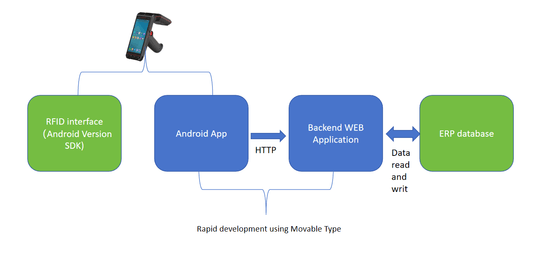
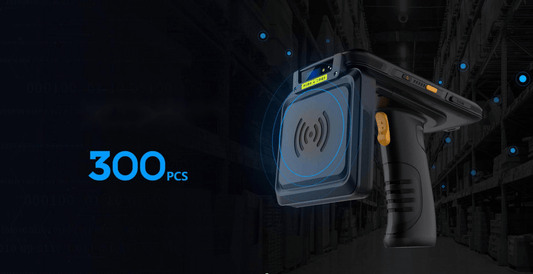
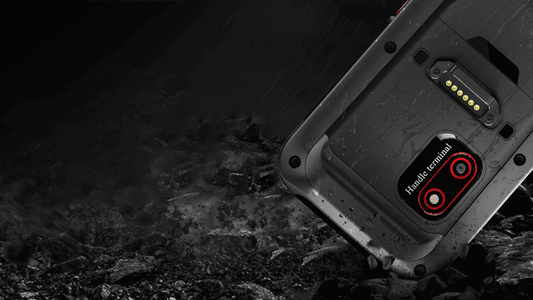


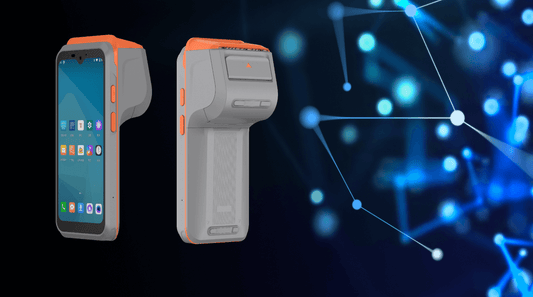
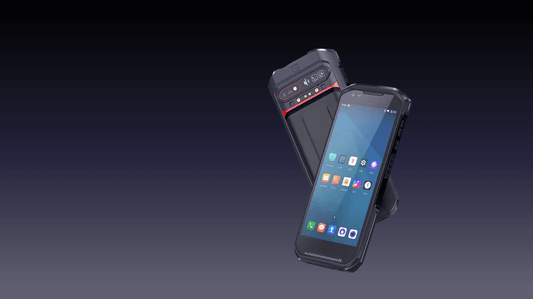
0 comments